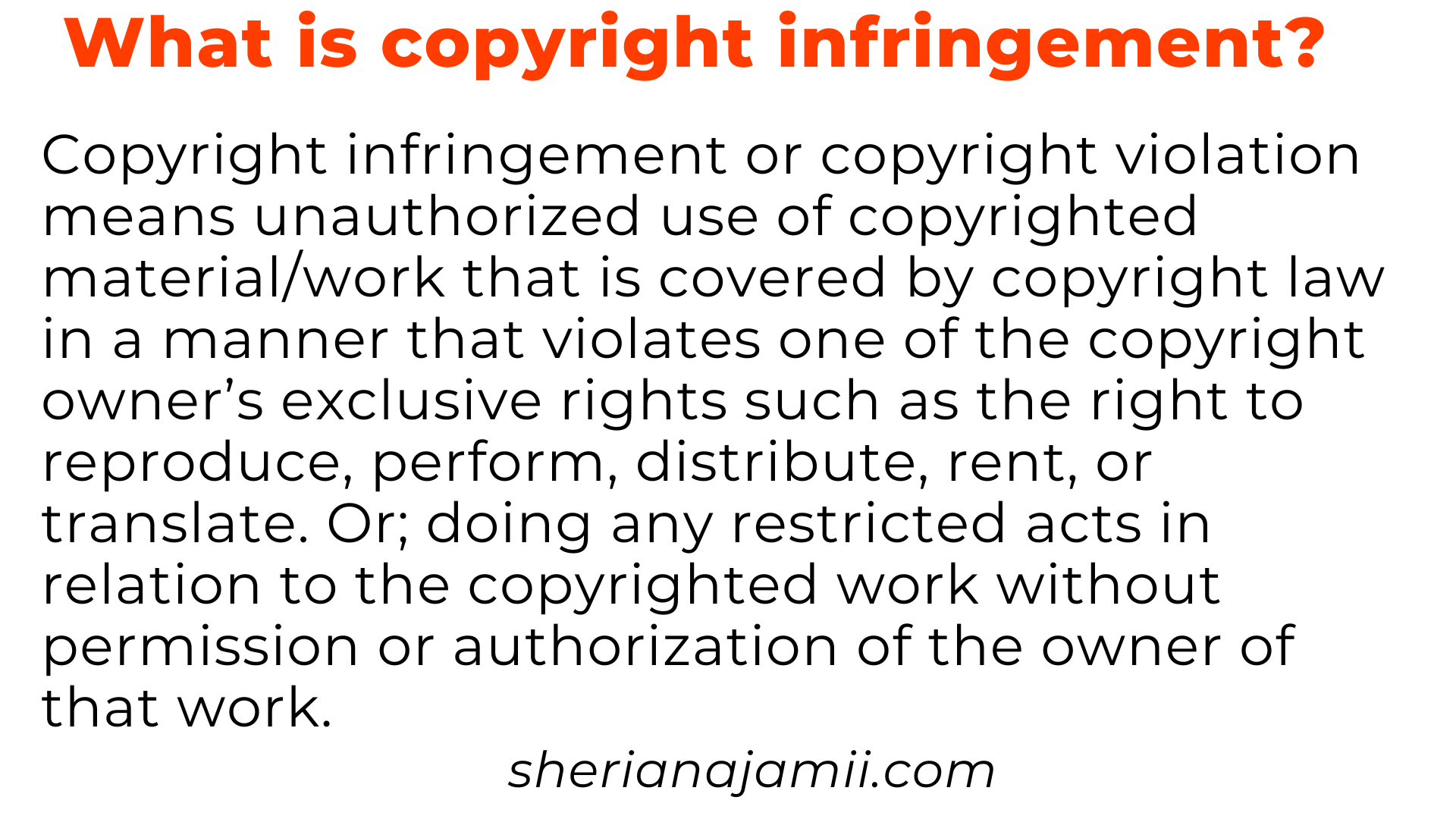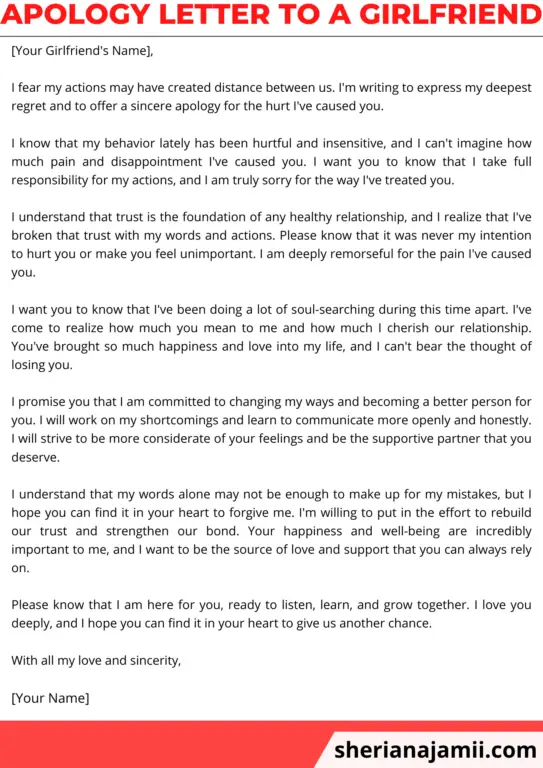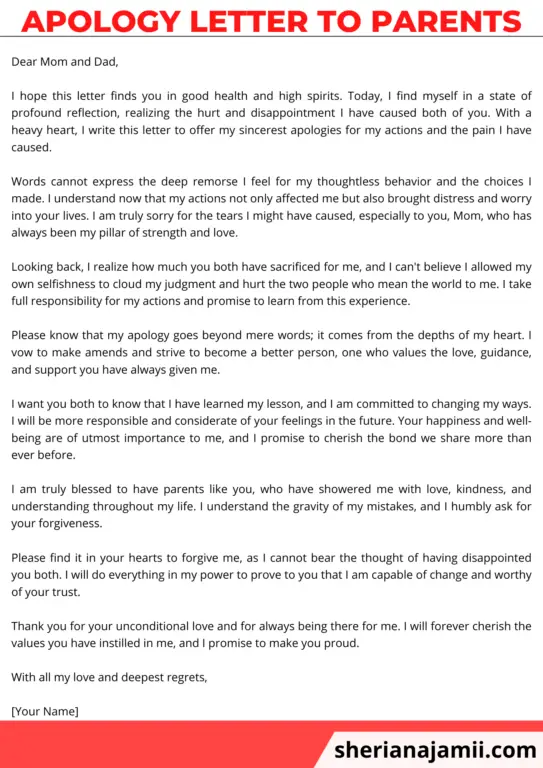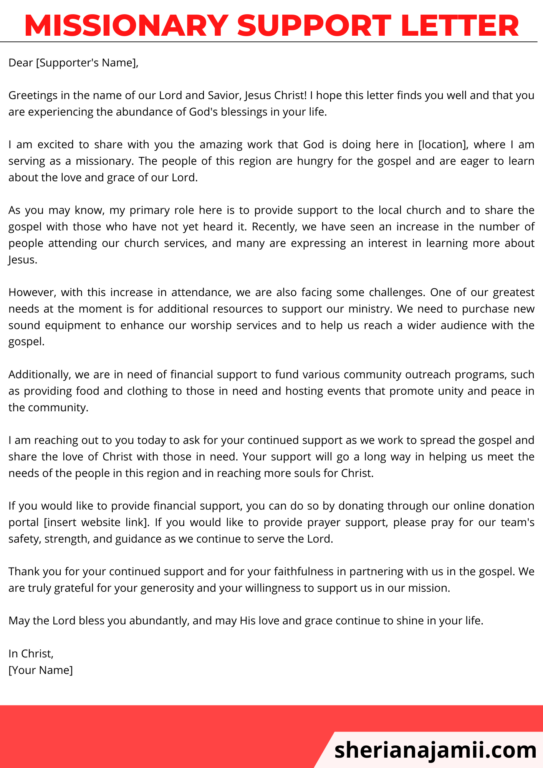This post covers copyright infringement.
With the aid of relevant provisions of the law, here you will learn
- what is copyright infringement
- what is protected under copyright laws
- copyright infringement examples
- types of copyright infringement
- Punishment of copyright infringement
- how to avoid copyright infringement
- etc.
Let’s get started
Jump to section
What is copyright infringement?
Copyright infringement or copyright violation means unauthorized use of copyrighted material/work that is covered by copyright law in a manner that violates one of the copyright owner’s exclusive rights such as the right to reproduce, perform, distribute, rent, or translate. Or; doing any restricted acts in relation to the copyrighted work without permission or authorization of the owner of that work.
The U.S. Copyright Act is to the effect that only “original works of authorship fixed in any physical medium of expression” are covered by copyright law. (17 U.S.C., s 102(a))
Works of authorship include the following categories:
- literary works;
- musical works, including any accompanying words;
- dramatic works, including any accompanying music;
- pantomimes and choreographic works;
- pictorial, graphic, and sculptural works;
- motion pictures and other audiovisual works;
- sound recordings; and
- architectural works.
Therefore if you use or interact anyhow with any of the Works of authorship above, without the author’s consent, you will be termed committing copyright infringement.
Read exactly what the US Copyright law says under 17 U.S.C § 501 (a)
(a)Anyone who violates any of the exclusive rights of the copyright owner as provided by sections 106 through 122 or of the author as provided in section 106A(a), or who imports copies or phonorecords into the United States in violation of section 602, is an infringer of the copyright or right of the author, as the case may be. For purposes of this chapter (other than section 506), any reference to copyright shall be deemed to include the rights conferred by section 106A(a). As used in this subsection, the term “anyone” includes any State, any instrumentality of a State, and any officer or employee of a State or instrumentality of a State acting in his or her official capacity. Any State, and any such instrumentality, officer, or employee, shall be subject to the provisions of this title in the same manner and to the same extent as any nongovernmental entity.
Examples of Copyright infringement
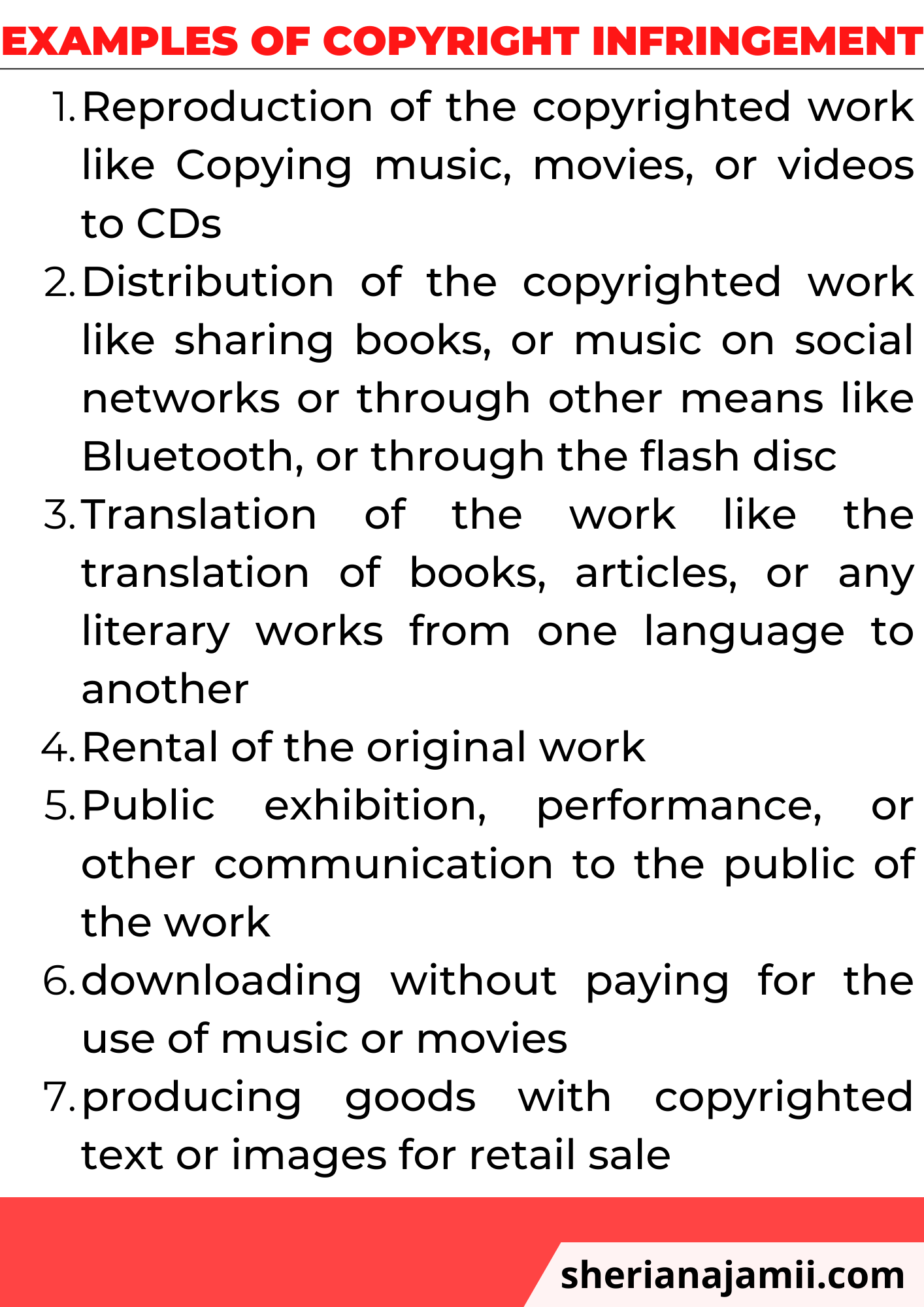
Every unauthorized use of any literary or artistic work may be a good example of copyright infringement. But the common Copyright infringement examples include;
- Reproduction of the copyrighted work like Copying music, movies, or videos to CDs
- Distribution of the copyrighted work like sharing books, or music on social networks or through other means like Bluetooth, or through the flash disc
- Translation of the work like the translation of books, articles, or any literary works from one language to another
- Rental of the original work
- Public exhibition, performance, or other communication to the public of the work
- downloading without paying for the use of music or movies
- producing goods with copyrighted text or images for retail sale
Types of copyright infringement
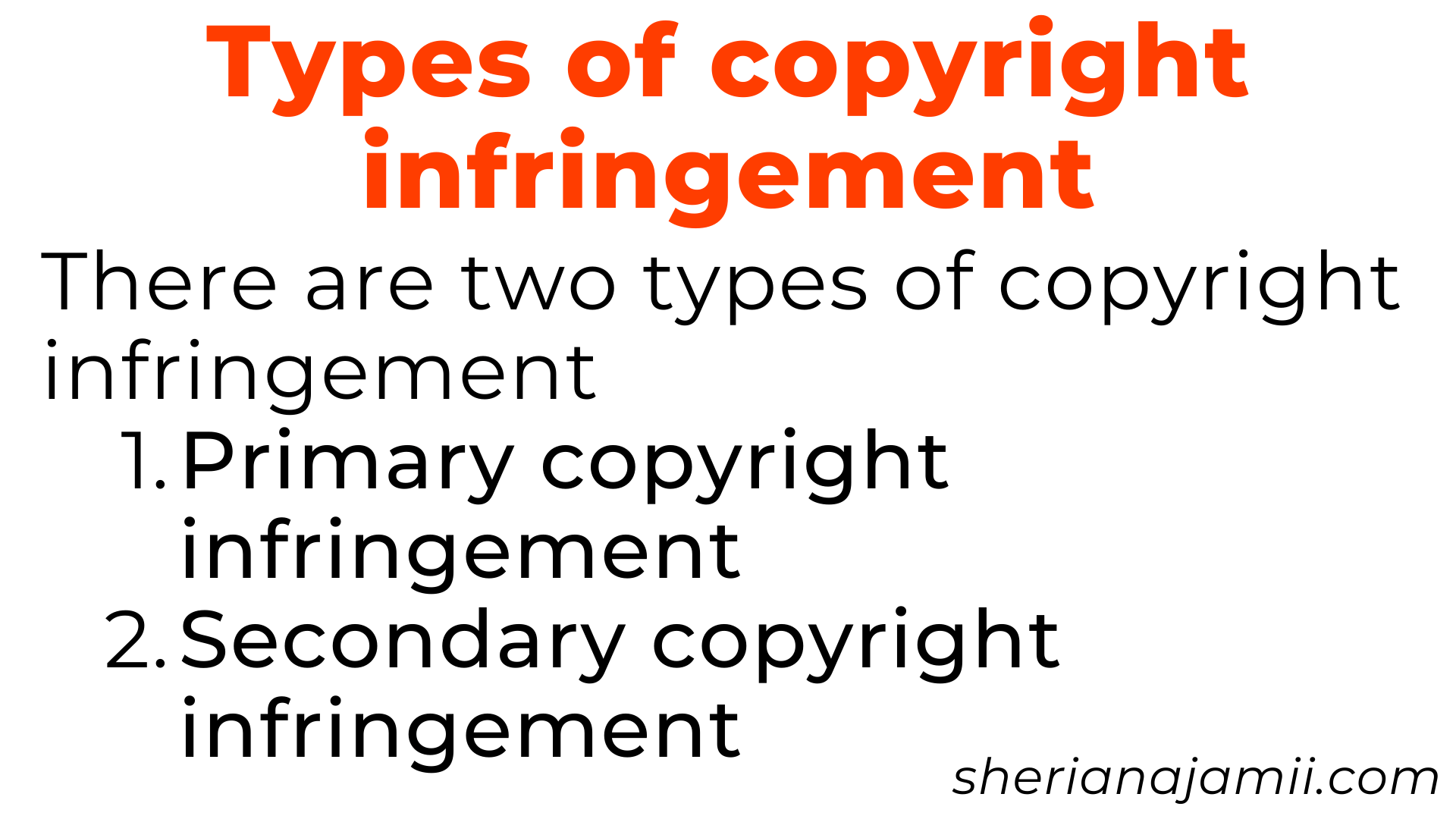
There are two types of copyright infringement i.e primary or direct copyright infringement and secondary or contributory copyright infringement.
Primary copyright infringement
Primary copyright infringement is a type of copyright infringement whereby a person directly engages himself in performing restricted acts. For example, a person copies music without the permission of the owner. This is also known as direct infringement.
How to prove primary copyright infringement
There are three elements of primary copyright infringement i.e Objective similarity, Substantiality, and Causal connection
Therefore, in a claim/case for primary infringement, the burden falls upon the claimant to show on the balance of probabilities that:
The defendant carried out one of the activities which fall within the copyright owner’s control (Objective similarity);
The defendant’s work was derived from the copyrighted work (‘causal connection’) and;
The restricted act was carried out in relation to the work or a substantial part thereof
Generally, the copyright owner should be awarded sufficiently and no one should be allowed to earn from the efforts of another.
As per Lord Bingham:
“The law of copyright rests on a very clear principle: that anyone who by his or her own skill and labor creates an original work of whatever character shall, for a limited period, enjoy an exclusive right to copy that work. No one else may for a season reap what the copyright owner has sown.”-Designers Guild v Rusell William [2001] 1WLR 2416 (HL)
Secondary copyright infringement
Secondary copyright infringement is the type of copyright infringement that happens by distributing or dealing with infringing copies once they have been made; or by facilitating any form of infringement by providing the equipment or means that enable the infringement to take place.
Secondary infringement is also referred to as contributory infringement.
Generally, Secondary copyright Infringement includes;
- Importing infringing copy
- Selling/letting infringing copy
- Exhibit infringing copy
- Distributing infringing copy
- Etc.
Differences Between primary copyright infringement and secondary copyright infringement
Primary infringement is concerned with people who are directly involved in the reproduction, performance (etc.) of the copyrighted work. In contrast, secondary infringement is concerned with people in a commercial context who either, deal with infringing copies, facilitate such copying or facilitate public performance.
The state of mind of the defendant is not formally taken into account when deciding whether an act of primary infringement has occurred. In the case of secondary infringement, however, liability is dependent on the defendant knowing or having reason to believe that the activities in question are wrongful.
Punishment for Copyright infringement
The U.S Copyright Act provides remedies and penal provisions against copyright infringement in the USA.
The following are possible penalties for violators and remedies for authors who are the victims of copyright infringement;
- Civil punishment
- Injunctions (17 U.S.C § 501 (a))
- Statutory Damages (17 U.S.C § 504 (a)(2))
- Actual Damages and profit (17 U.S.C § 504 (b))
- Litigation costs and attorneys fee (17 U.S.C § 505)
- Impounding of infringing materials (17 U.S.C § 503 (a) (1))
- Destruction of infringing materials (17 U.S.C § 503 (b))
- Criminal Punishment
- Imprisonment (18 U.S. Code § 2319)
- Fine
- Both (Fine and Imprisonment)
How to avoid copyright infringement
Here are the best strategies that you can use to avoid copyright infringement;
- Know what copyright laws protect.
- Understand what isn’t covered by copyright laws.
- If it’s not your original work, don’t use it unless you have written permission from the copyright owner.
- Be creative.
Read also:
